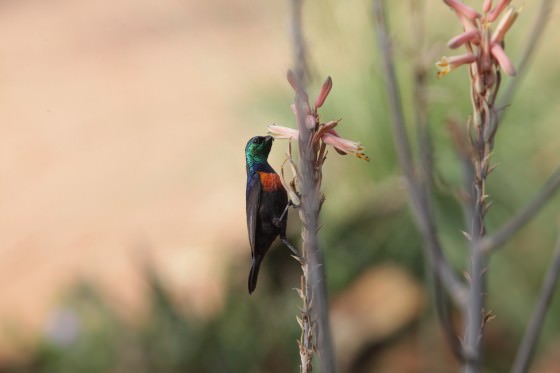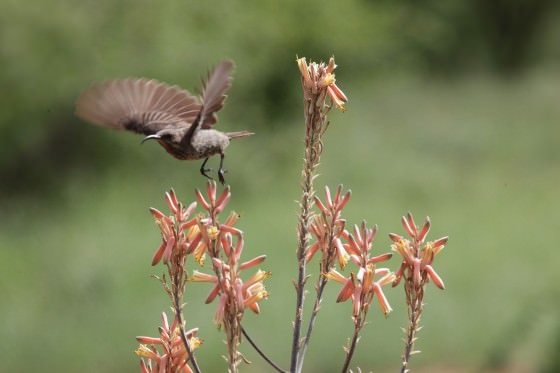Usually by February most evidence of the November-December rains has vanished.

In fact, February is typically one of the hottest months of the year in Tsavo. However, this year, a tropical cyclone off the East African coast brought an unexpected change in weather. Heavy rain appeared in many parts of Kenya mid-month, including Tsavo, which enjoyed several downpours and over 120 mm (4.7 inches) of rain in parts.

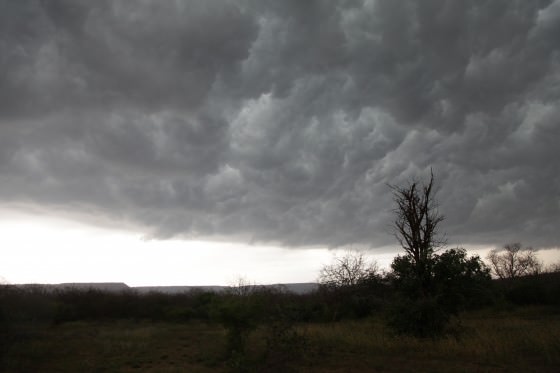
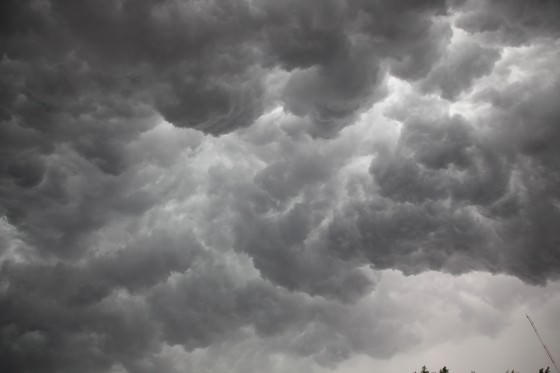
This has caused some confusion for plants and wildlife only recently finished breeding. Many trees had begun to turn yellow and lose their leaves, but in only a week, this process has been completely reversed and much of the landscape is once again choked out by vegetation. Ipomoea creepers have started to spread and put out beautiful white flowers and the Acacias too have begun to blossom.
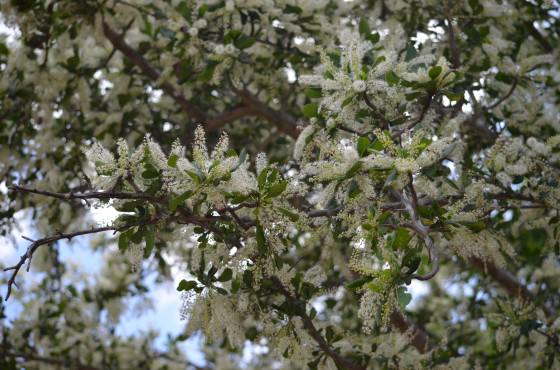
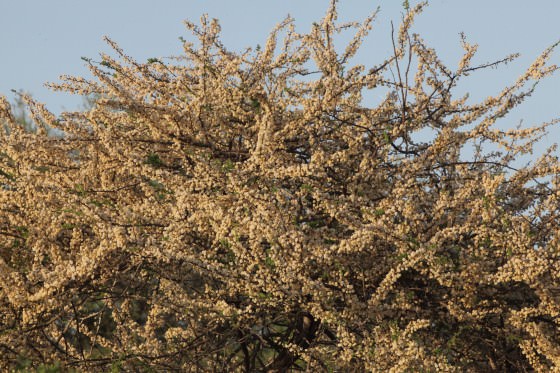
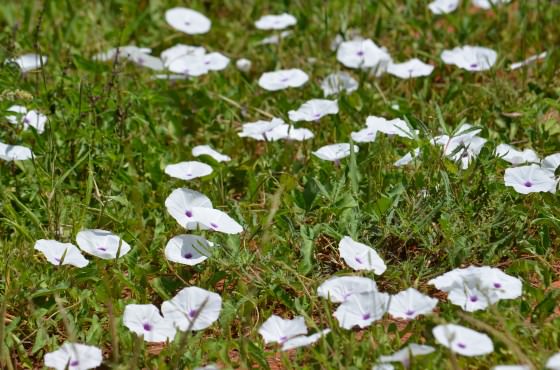
Naked mole rats are busy again flinging sand and soil into the air as they build tunnels under Tsavo's red, dirt roads and Elephants have migrated vast distances to take advantage of abundant greens and waterholes in areas of Tsavo that for most of the year are avoided due to a lack of water.

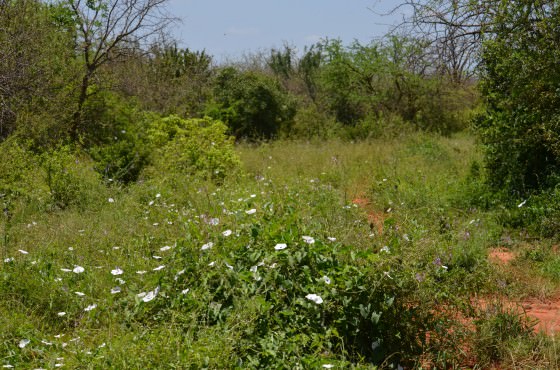
Birds everywhere have begun to build nests once again, just two months after the "real" rainy season. For some of them the rain represents a second chance as many will have lost their last clutch of eggs to opportunistic hunters including monitor lizards, snakes and mongooses, to name just a few. Several vulturine guinea fowl emerged from the rains in December without chicks and have once again paired off to breed.

Unexpected to the DSWT team was the appearance of several out-of-place birds that have made their way here from other parts of Tsavo and the world. The Eurasian rollers, which migrate from as far as China started to appear in December but are now being seen in large numbers.

Other unique sightings includes the great spotted cuckoo from southern Europe and Western Asia that spends winter in Africa. This particular cuckoo is a brood parasite and will lay its eggs in the nests of other birds to be incubated. The magpie starling, more common to Northern Kenya in parts like Turkana has made an appearance near DSWT's Tsavo headquarters along with a lovely pair of sunbirds.
